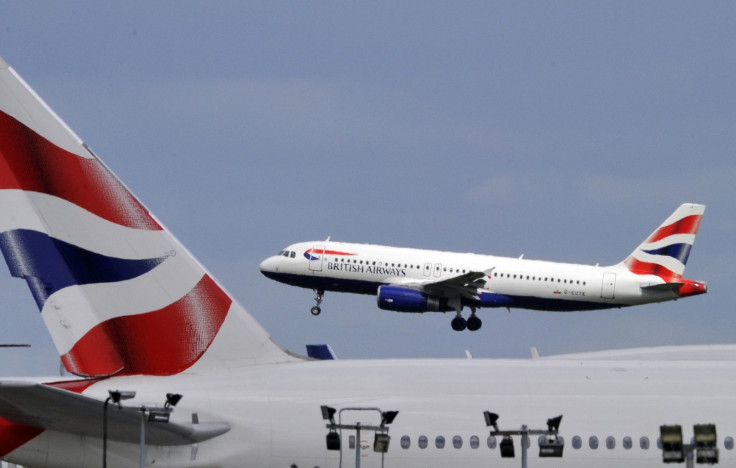British Airways flight cockpit fills with fumes as pilot passes out before landing
Flight from Athens to London sent out a Mayday alert after the co-pilot fainted and the captain put on an oxygen mask before landing the flight alone.
British Airways flight BA633 from Athens to London on January 2 is suspected to have had a fume event. The co-pilot reportedly fell ill while the flight approached Heathrow. Both the captain and the co-pilot put on oxygen masks before the captain successfully landed the aircraft. The rest of the crew, as well as the passengers, remained unaware of what is suspected to have been a fume event.
Hundreds of British Airways crew members have complained of fumes from the jet engine affecting the health of the crew. On January 2, the co-pilot onboard an A320 jet was fit to fly ahead of the four-hour flight. As the flight neared Heathrow, the first officer complained of feeling ill. The pilot sent out a Mayday alert.
While British Airways insiders reportedly claimed that the first officer had passed out, a spokesperson denied the claims. Both the pilots put on oxygen masks after the co-pilot started feeling unwell. The spokesperson claimed that the co-pilot was feeling unwell and putting on oxygen masks is a protocol if the pilot suspects fumes. It does not conclusively indicate a fume event.

Once the flight landed, the passengers deboarded without knowing that there was any kind of emergency. The Daily Mail reported that the pilot was treated by airport paramedics before being allowed to return home. The Air Accident Investigation Board (AAIB) is investigating the incident to confirm if the incident was the result of toxic fumes from the engine.
The oil used by aircraft engines contains an additive tricresyl phosphate or TCP. The chemical releases fumes which smell like old socks. Inhaling the toxic fumes can lead to nausea. Prolonged exposure to the toxin results in life-threatening illnesses.
Nearly 100 British Airways employees have filed a case against the airline over toxic fume inhalation. Last year, around 300 cases of fume events have been reported on British Airways flights. Maintenance issues or a broken seal in the engine usually leads to the fumes entering the rest of the aircraft.
The investigation by AAIB can conclude if the incident on January 2 was another fume event.
© Copyright IBTimes 2025. All rights reserved.





















